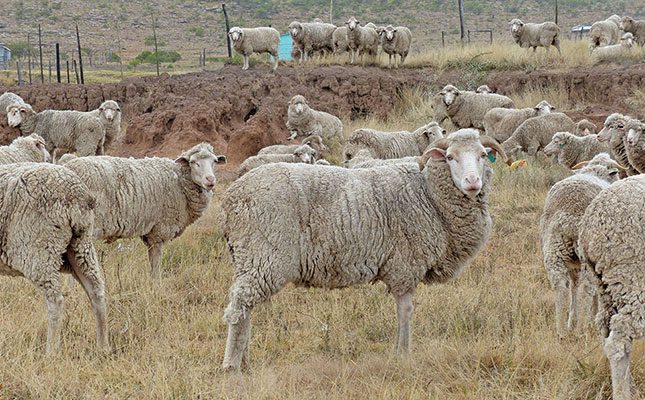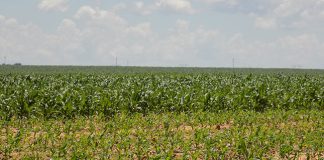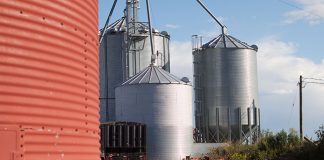
The study was conducted by Alina Ntsiapane , Dr Jan Swanepoel , and Prof Edward Nesamvuni of the Department for Sustainable Food Systems and Development, University of the Free State, and published in SA Journal of Animal Science.
These findings, according to the researchers, support the notion that most smallholder wool farmers were not producing at full capacity in a region that was well suited to wool farming.
The researchers said that smallholder wool farmers should be trained in the correct methods to improve wool quality, and so increase the wool price they could obtain.
They also recommended an improvement in extension services, better management of farmers’ associations, production of feed by farmers, and free government-supplied veterinary services to improve the overall efficiency of wool farming in the Mangaung area.
This was important in light of the expected increase in South Africa’s population to almost 66 million by 2030, which called for paradigm shifts to improve farm efficiency and meet rising demand for agricultural products, including wool. Part of the change in paradigm needed was recognition of agriculture’s many functions in supporting development in the emerging context.
Although wool farming provided a livelihood for many smallholder farmers, South African wool production had declined steadily over the past three decades, posing a serious challenge for the government, the researchers said.
According to the study, most of the land in the Thaba ‘Nchu and Botshabelo rural areas was state-owned, with approximately 37 rural villages located on trust land under traditional leadership. Forty percent of these farmers were aged between 36 and 59, and the rest were 60 or older. The majority spoke Sesotho, followed by Setswana.













